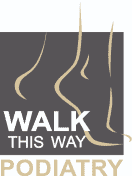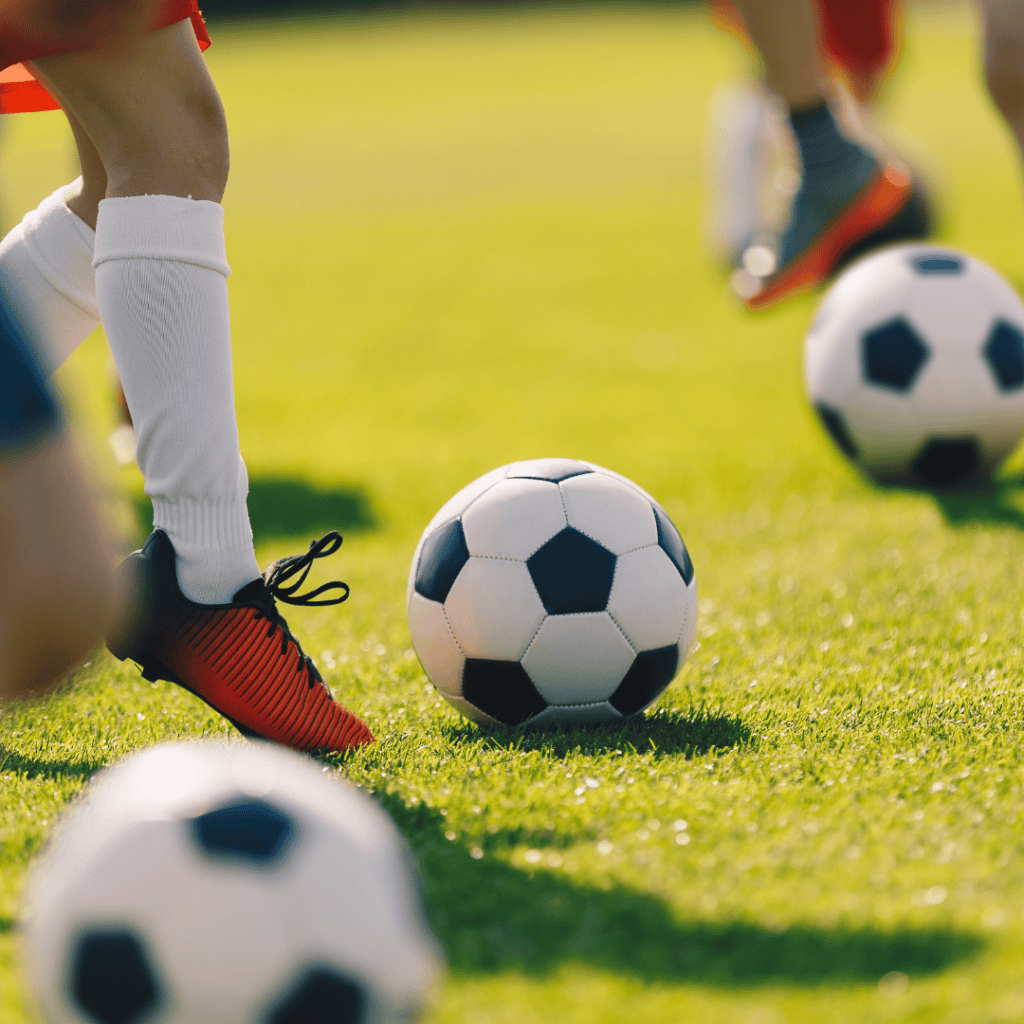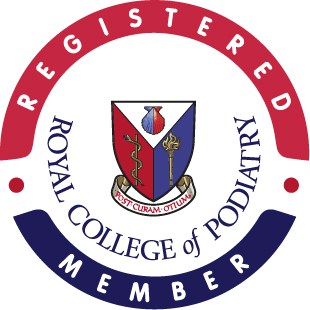As children are becoming more active through participation in afterschool activities and sports, this poses a higher risk of foot concerns. The common concerns amongst highly active children are foot pain and heel pain. One of the main causes we experience at Walk This Way Podiatry is Calcaneal Apophysitis, also known as Sever’s disease. We would like to share everything you need to know regarding this common foot concern that affects active children.
What is Sever’s disease?
This condition affects the heel of the foot and tends to affect children between the ages of 8-14years. Active children are prone to this condition or those who are experiencing swift growth spurts. The condition is a result of inflammation of the Achilles tendon where it attaches to the heel. As the foot is still developing, the heel is easily affected to strain, wear and tear, which can lead to pain and inflammation.
How does Sever’s disease affect the foot?
As the common age ranges from 8-14years if age, the body can experience significant growth spurts, some can be quick! If the growth spurt is sudden, then this can affect the muscle and tendon which are developing slower.
Engaging in Activities:
The common sports that can exasperate Sever’s such as football,gymnastics, field sports, basketball etc. All these types of activities will put strain and stress onto the foot and Achilles.
Foot Irregularity: No two feet are the same, therefore biomechanical foot conditions such as flat feet, can affect the foot function and apply unnecessary pressure on the heel.
Who is most affected by Sever’s?
Sever’s disease commonly affects active children and younger teenagers, particularly those who consistently frequent in high impact sports. We must highlight that Severs does not discriminate and can affect any child, even those less active.
The Signs and Symptoms of Sever’s disease:
Heel pain: Particularly when sports are played but also post exercise or activity.
A change in gait: If a child is suffering with Sever’s, then this may cause them to alter the way they walk such as limping, their posture may change due to them trying to alleviate the pain e.g. Walking on tip toes.
Inflammation or swelling: It can be obvious to the eye as the heel may be swollen, tender which may cause some redness to the skin.
Unable to participate: The inflammation can affect the performance of a child when playing sports. Movements performed in sports such as football and gymnastics may be uncomfortable and limited. In some cases, the child is unable to participate.
What can you do to help?
There is no way to sadly stop Sever’s disease, but R-I-C-E can help!
• REST
• ICE
• COMPRESSION
• ELEVATE
Rehabilitation: Seek professional advice to understand the severity, how to minimise the pain through a tailored treatment plan. This can involve a rehabilitation programme to treat the lower limb e.g. calf and Achilles tendon. Stretching and strengthening the relevant muscles can prevent the condition from worsening and speed up recovery.
Biomechanics Assessment and Custom Foot Orthotics: A Biomechanics Assessment of the lower limbs will identify what is happening, why and how we can help. Using a prescriptive insole tailored to the client can help offload pressure, support the foot and offer pain relief with the use of cushioning.
Supporting your foot: Seek advice on using the correct footwear that is the right size and width for the foot. If using custom foot orthotics then we recommend speaking with your podiatrist to ascertain the right brand/style of footwear to accommodate the orthotic.
Podiatry Acupuncture: Following a Biomechanics assessment, acupuncture can be used as part of a treatment plan. Focusing on the lower limb, acupuncture targets points associated with the feet and lower extremities. Stimulation of these points triggers the release of endorphins, the body’s natural pain relievers, while promoting the flow of Qi and blood to the affected area. Additionally, acupuncture reduces inflammation and optimizes the nervous system’s function, contributing to pain relief and enhanced mobility.
Homecare: Over-the-counter medicines such as anti-inflammatories can help manage the condition while living with severs. We always recommend seeking advice when using medicines.
This condition can be frustrating, stressful and incredibly limiting. Seeking advice to diagnose and confirm the cause of pain will get your child on the right track to resuming physical activities. We encourage proactive health care for any age versus learning to live with the pain. Preventing the condition from being able to manifest itself in the body, will reduce recovery time and more importantly time away from doing the things your child loves.
If you believe your child is suffering with Sever’s or complaining of foot pain, then please give us a call today to see how we can help.









